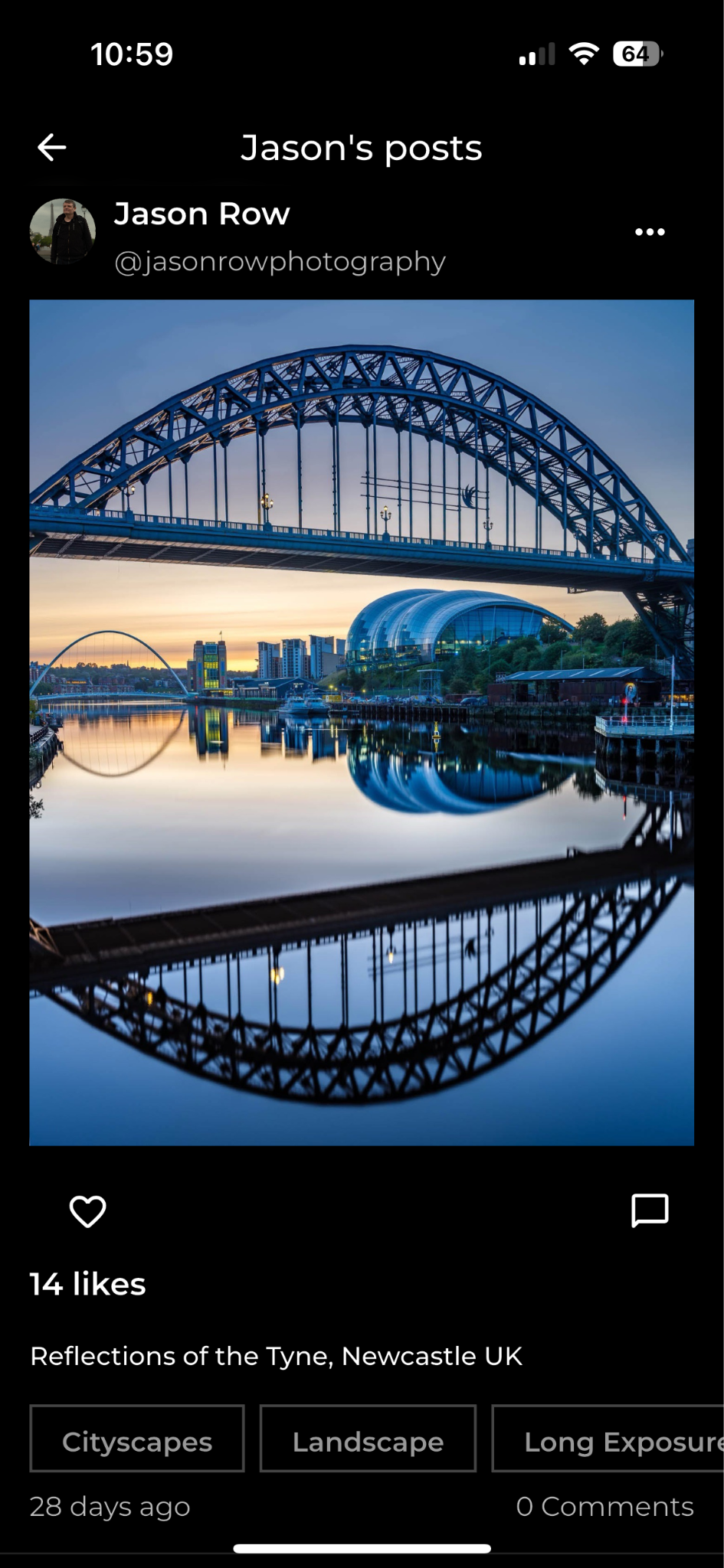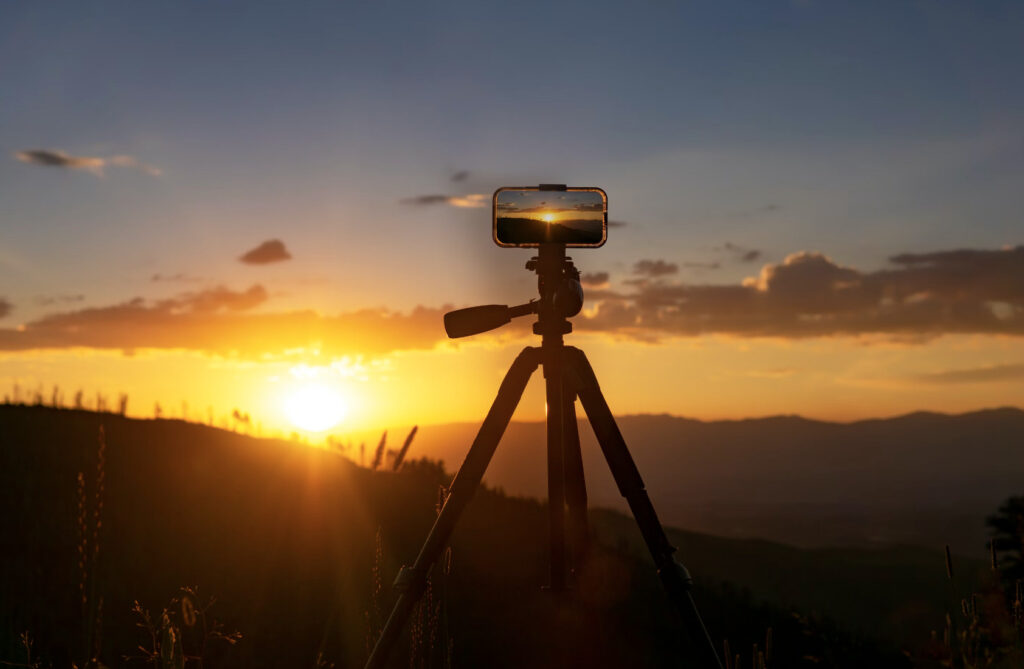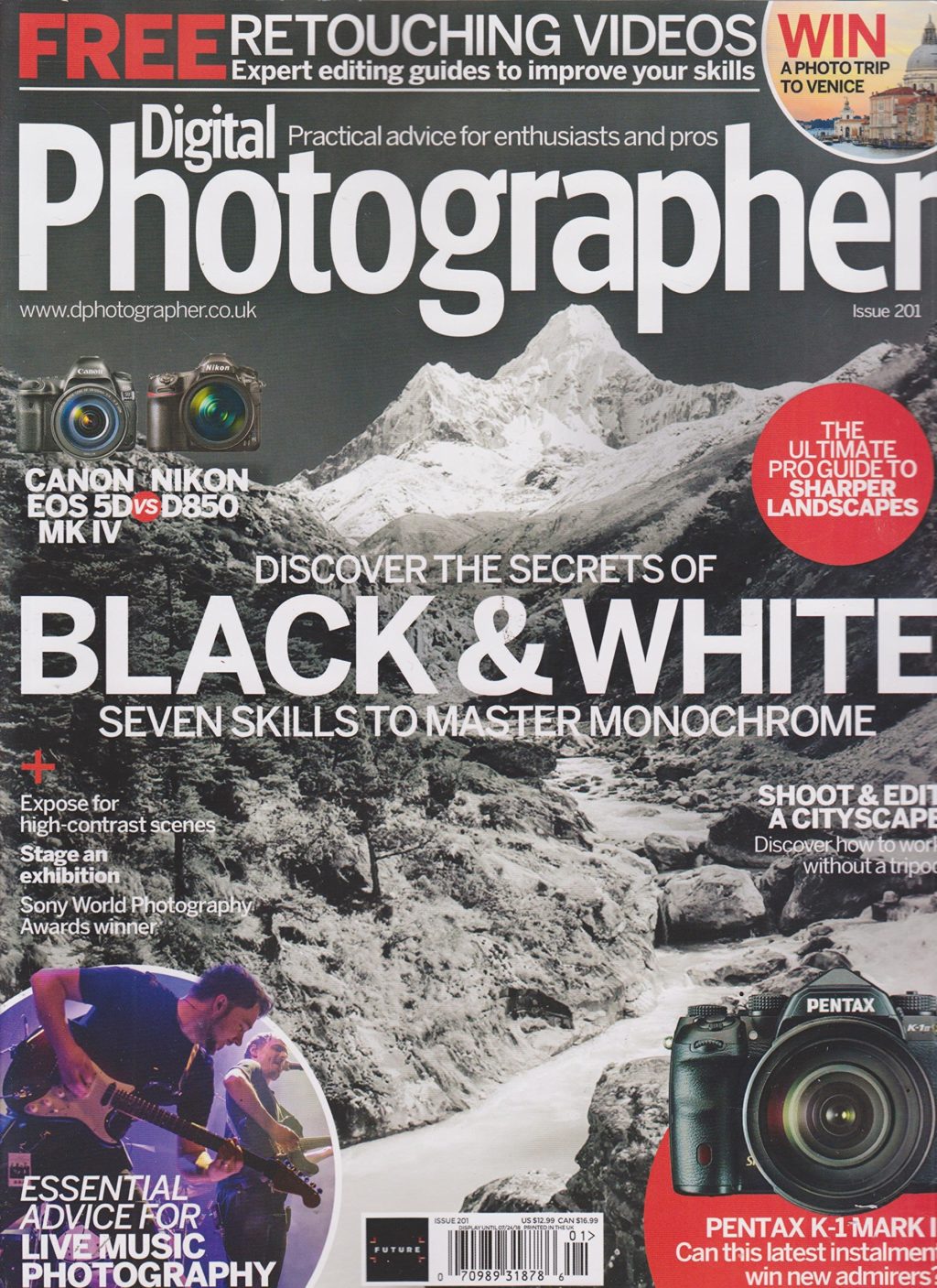Have you heard of a hybrid tripod?
I have written about tripods a lot and the reason for that is relatively simple. On the one hand, they are cumbersome heavy items that slow you down. On the other, they are essential parts of your kit that can give your images unrivaled sharpness, especially in low light.
Recently I wrote about another issue I had, the one of finding a tripod that works well both as a photographer and a videographer, a hybrid tripod.
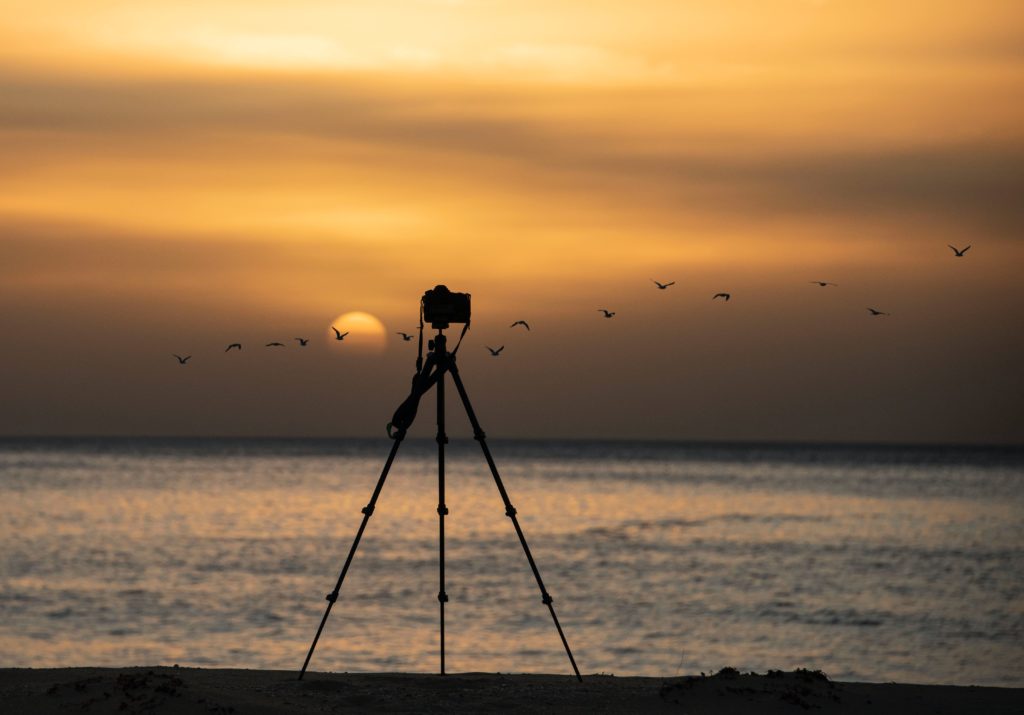
The Hybrid Tripod Conundrum
I am what’s known as a hybrid photographer. We were a rare species until a few years ago. Then digital still cameras started putting amazing video capabilities into their cameras. That meant I could go out and shoot video and still in one shoot using a single camera, increasing the potential profitability of that shoot.
The problem was though, for the video you need to use a tripod with a fluid, video head. These are very specifically designed for shooting video only, which until recently was always in the landscape/horizontal format. For that reason, you could not tilt a camera on a video head to the portrait/upright format.
To solve that problem, hybrid photographers had two options. Shoot vertical images handheld or carry a secondary ball and socket head just for stills. It was a conundrum that bugged the hell out of me. There were solutions out there, but they were neither cheap nor particularly practical. However, after several months of research and including the fact that one of the required items went out of stock for a while, I eventually found a solution. It’s not perfect, it is however very practical and works pretty much out of the box.
Using The Humble L Bracket
L brackets have been around for decades. They have allowed photographers to quickly turn their cameras from horizontal to vertical positions. A ball socket allows you to do that too but it can very much unbalance the tripod. It can also be notoriously tricky to get horizons straight when the weight of the camera is hanging over one side of the head.
The L bracket is exactly what it says. A metal bracket that attaches to the 1/4 inch tripod underneath your camera, and extends up the left side of the camera (as you look from the rear).
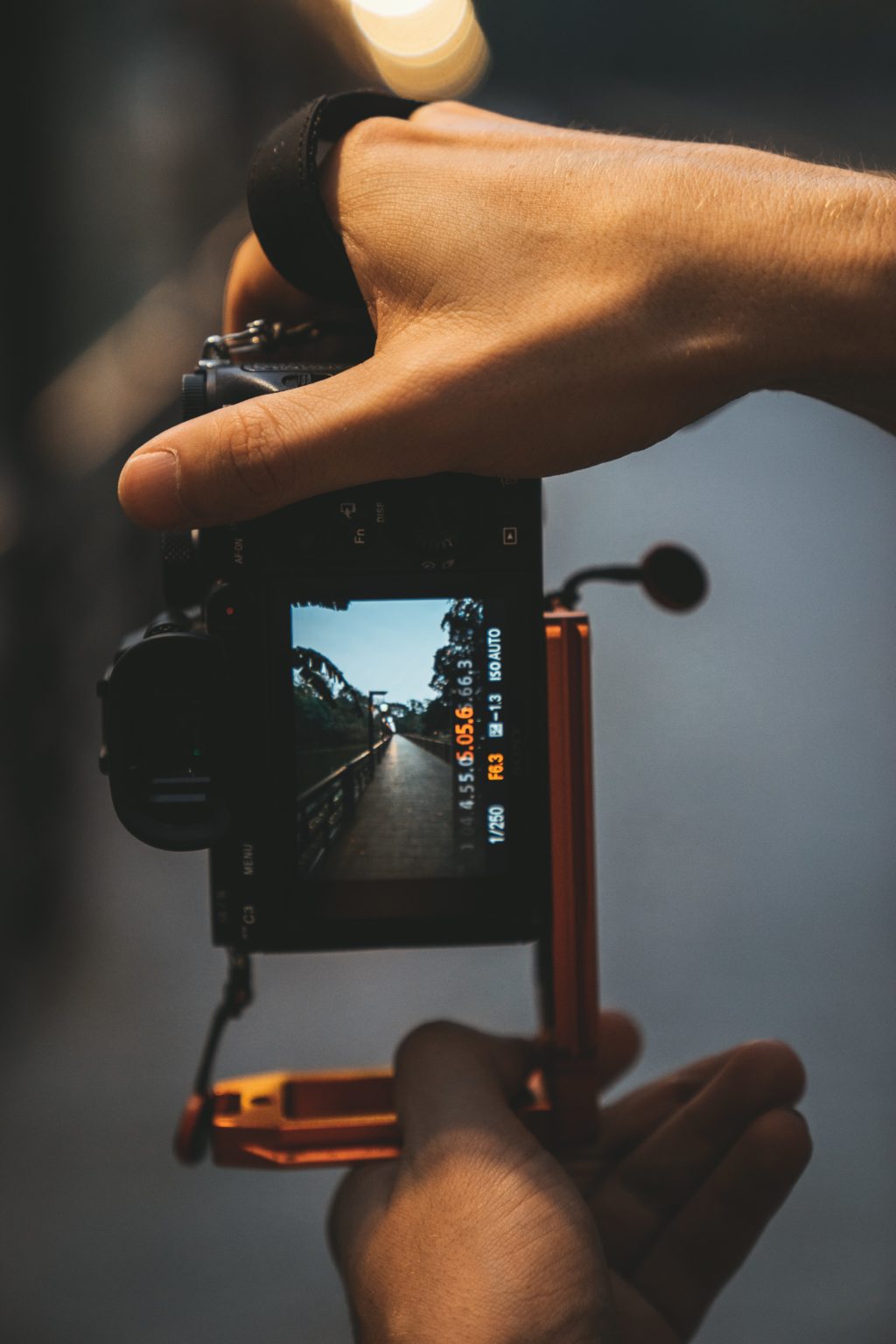
The secret sauce of the L bracket is that is in effect a giant Acra Swiss quick-release plate. Arca Swiss is a very common way of attaching a camera to a tripod head. Many tripod manufacturers use it as standard, the most notable exception being Manfrotto. Guess who uses a Manfrotto tripod? Enter, stage left, SmallRig!
The SmallRig Solution
If you have been around photography for a while, you will have heard of the name SmallRig. They are a company that creates all sorts of accessories for cameras. Many of their products are built around the needs of the hybrid photographer. In particular, they are well recognized for making cages for various cameras. These cages allow multiple attachments to be fitted to a camera!
It was whilst surfing their Amazon shop that I stumbled across a potential solution. SmallRig had a compact fluid video head. Not only that, the video head had an Arca Swiss mount. Now those that use video heads will know that quick-release plates tend to be longitudinal. That is, running along the length of the lens. This is a bit of a throwback to the days of bigger camcorders that needed to be balanced on the video head.
An Arca Swiss L bracket mounts to the head sideways i.e. left to right. However, the SmallRig has a rotating plate that allows the release plate to be rotated 360 degrees. It can also be moved forward and back a little to balance cameras with different lenses. With an L plate on my camera, I can quickly attach the camera to the head, remove it and return it in the vertical format.
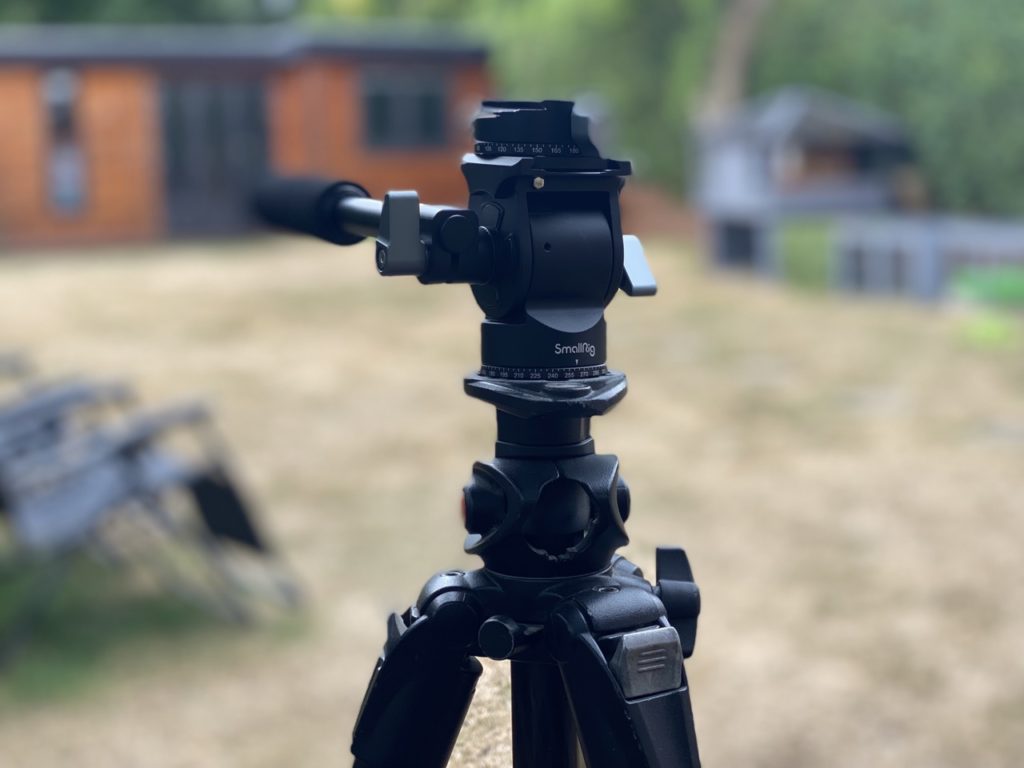
The SmallRig In Use
So how does this work in practice? So far, extremely well. The video head itself is very compact but in the tradition of SmallRig products, very well made. The head’s handle is excellent, especially as it actually reduces in size. By twisting the handle you can push it in and halve its length.
The panning and tilting actions are smooth, and fluid. Whilst there are no set degrees of fluidity, the locks give enough control to allow for different levels of fluidity. There is a useful spirit level set into the base of the head, perhaps a little small for my liking but good to have.
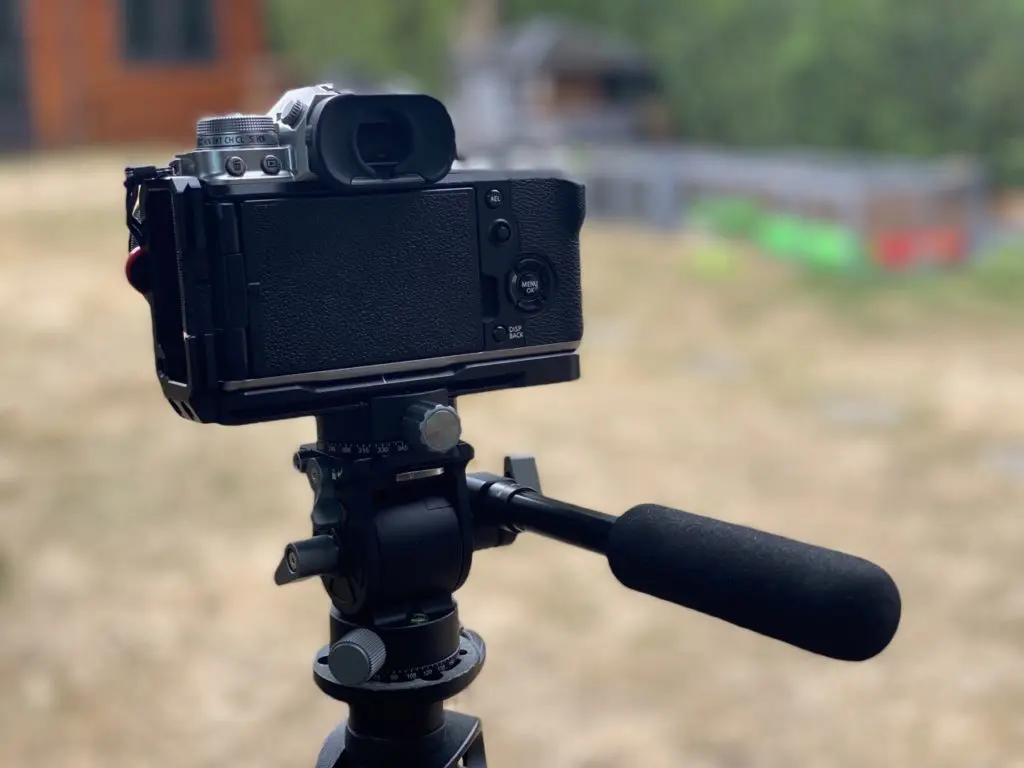
Mounting the head on my Manfrotto C055 carbon fiber tripod legs is a revelation. Its compact size and weight have allowed me to really benefit from the light weight of the tripod legs. Previous heads, both video and still, were so bulky they often negated the benefits of carbon fiber legs. The SmallRig head compliments it.
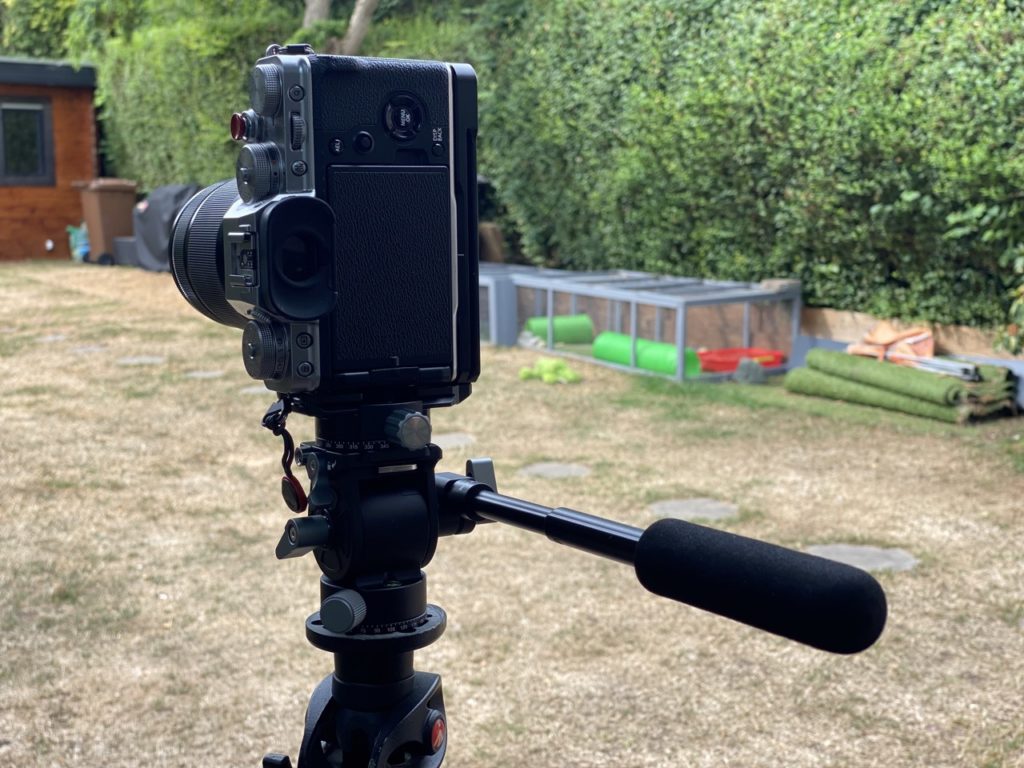
So Are There Any Issues With A Hybrid Tripod?
Very few if I am to be honest. The primary one is due to the size of the gap in the L part of my L bracket. This means that you need to be careful when attaching the camera to the head in vertical/portrait format. The gap is only slightly smaller than the width of the Arca Swiss plate.
The video handle could be a little longer enabling even smoother pans. The quick release lock is a screw rather than a lever, this makes attaching the L bracket slightly slower as you have to turn the screw in to make sure the bracket is well locked in. These are all relatively minor issues thought compared to the advantages this setup gives me.
So have I solved my hybrid tripod problem? Simply put, yes I have. It’s not perfect, but it’s pretty close. Moreover, it’s compact and very functional and cost me less than £120 for the head and the L bracket. In my book that's a win/win.
Further Reading:
- 3 Reasons You Should Own A Fixed Lens Camera
- A Review of The Sandmarc Tripod Pro
- The Best Gifts For Photographers For 2022 (Cheap Through To Expensive)
- 7 Best Vintage Lenses For Capturing Dream-Like Portraits
- Best Tripod For Photography And Video In 2022
- The Best Travel Tripods for 2022 – Ultimate Buyers Guide

